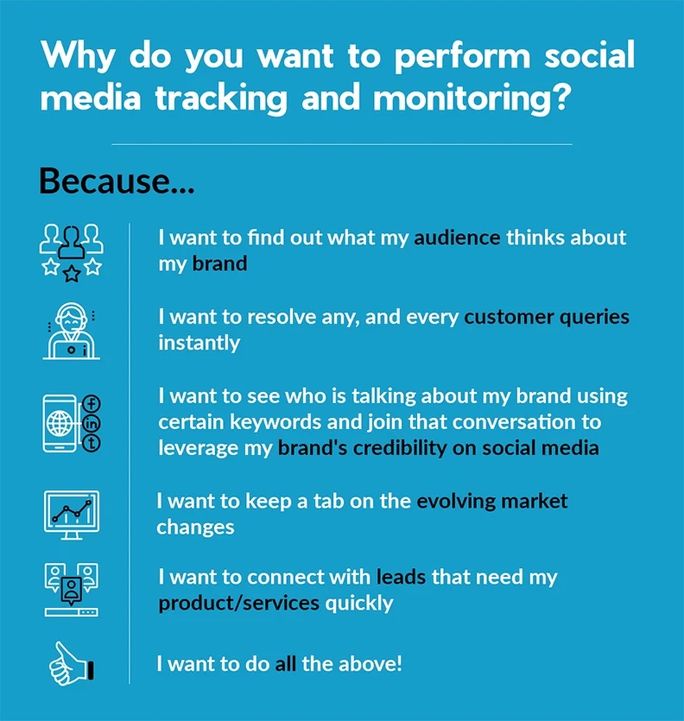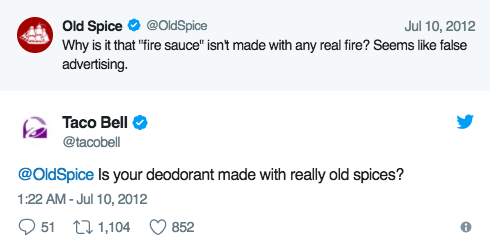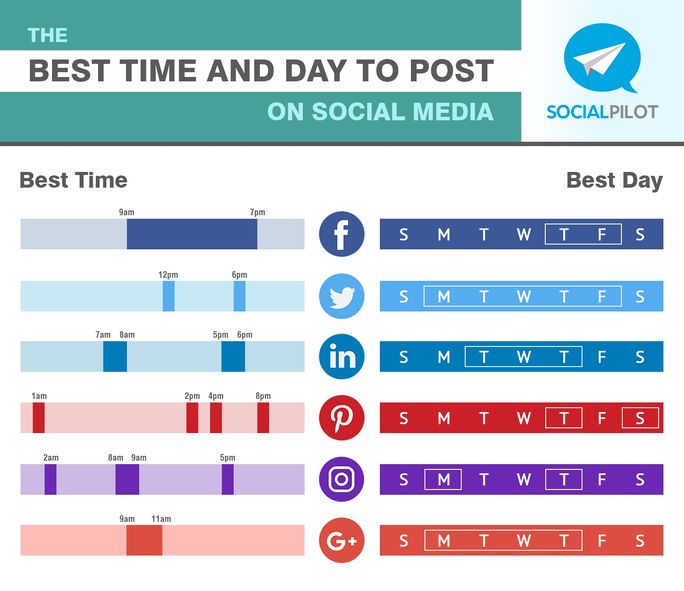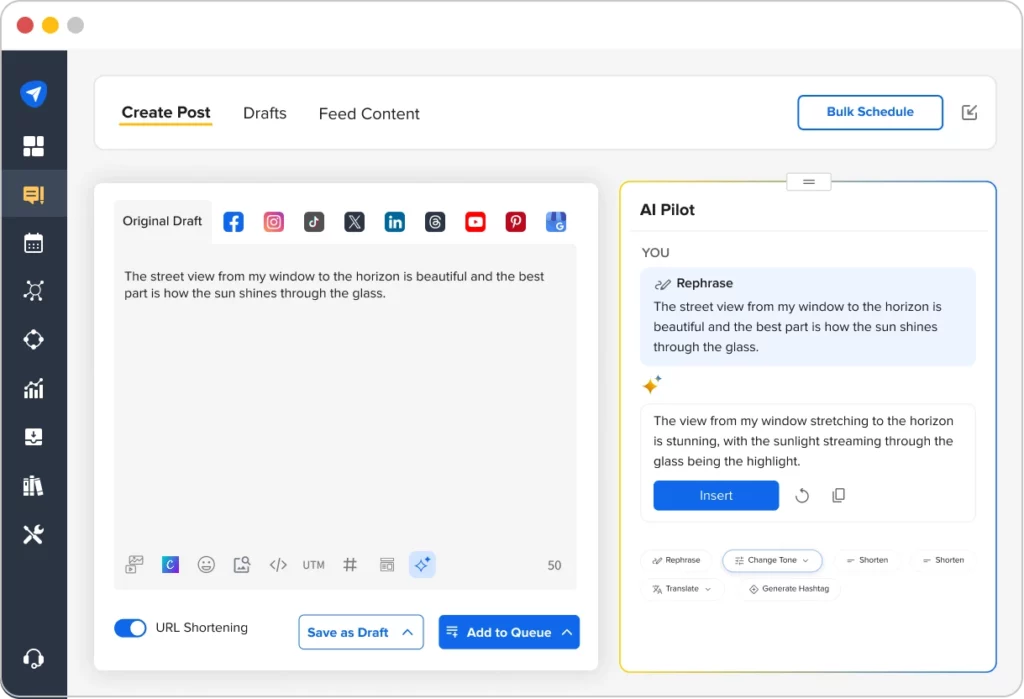People are engaging in conversations related to your brand across multiple social media platforms.

Are you listening?
Elon Musk recently stated that X (formerly known as Twitter) now boasts around 600 million monthly active users, with roughly half of them logging in every day.
Leveraging social conversations has become a priority for brands. Knowing how to monitor social media and track the engagement has become one of the multiple priorities.
But where do you start?
You know you have to track and monitor social media conversations happening related to your brand. So, you pick a social media monitoring tool that will help you do that and then wait for results.
Sounds simple, doesn’t it?
But it is not how social media tracking and monitoring is done. That’s not the starting point. Getting a social media monitoring tool and tracking social media engagement is the last step.
The starting point is to have a clear objective of why you want to monitor social media conversations and where you will monitor.
If you’re doing this because everyone else is doing it, you’re surely stepping into troubled waters.
Set a goal.
Start with a question.

When you have a set idea of why you want to track and monitor social media conversations, it becomes easy for you to make a plan of action. The next thing to figure out is – where will you monitor?
Every brand has a different business proposition. You might benefit from all the social channels or with just one or two, depending on your product/services.
Social media is about building relationships.
So you need to know where exactly your target audience is spending their majority time. You cannot possibly be everywhere at one time. You need to know where maximum conversations are happening, and accordingly, kick off your social media strategy with the right tools to measure social media engagement.
I am sure you are aware that monitoring is keyword-based. Hence, your first task would be to select the most important keywords related to your business and industry. You can use brand names, competitors’ names, relevant keywords, and so on to track and monitor social conversations.
Using such keywords, you can join a conversation thread happening across any social channels.
For instance,
Do you remember that ‘worm-funeral Twitter banter between a cucumber-loving customer and Tesco?

It all started when Wes Metcalfe, a regular Tesco customer, bought a cucumber and complained of finding a worm inside the packaging in a rather funny way.

That’s a huge setback for any business.
But Tesco took to Twitter to resolve it in an even more funnier way.

Of course, it did not stop here.
Wes went on to have a real funeral and Tesco joined in too, all in a good humour. Check out their response and the full conversation here.
This is just a sneak into how businesses are monitoring social media conversations by understanding how to track social media minutely. (To not miss out on any conversations, make use of a social inbox. There are many management tools like Sendible that can help you here. But it isn’t very much budget-friendly, especially for SMBs and agencies. Instead opt for some better Sendible alternatives from this curated list)
Be it engaging with their customers by monitoring social media conversations or getting into a cheeky fight with another brand through social media tracking (See below the Twitter banter between Old Spice and Taco Bell), conversations are becoming increasingly crucial to leverage business opportunities.
Although I have listed down Twitter examples majorly, such is the conversation stature across other social media channels as well.

The bottom-line here is: Listening to your customers, monitoring social media conversations using specific keywords, and responding to them is essential to retain customers and connect with potential new prospects.
So, how do you do this?
Here is a quick guide on how to do it.
The beauty of social media tracking and monitoring is that you will find new trends every day. Each day a new hashtag takes over social media. Consumers engage in multiple ways across multiple channels. There’s no telling what you find in the next minute.
Social media monitoring helps you track business opportunities in various forms:
- It can either be an opportunity to create educational content
- A content to solve a problem
- Maybe a relationship-building opportunity
-
Gauge audience sentiment: Monitor whether your target audience’s sentiment is positive or negative across social media platforms. This helps identify behavioral patterns you can use to boost your positive sentiment ratio.
-
Leverage feedback and suggestions: Any mention of your brand, whether it’s feedback or a suggestion, is valuable. It gives you the opportunity to:
-
Connect with the user in real-time
-
Engage in meaningful conversations
-
Resolve issues promptly
-
Express gratitude for positive reviews
-
Keep the conversation going
Remember, it’s not always about having a ready response; sometimes, simply listening can be just as impactful.
-
-
Track backlinks for SEO gains: Monitoring backlinks from social mentions can help improve your search engine optimization and boost brand visibility.
-
Address common pain points: Spotting recurring issues raised by multiple customers allows you to take immediate action. You can enhance your customer service process, make quick product or service updates, or even publish an informative blog addressing the concern, especially if it’s an industry-wide issue.
It all starts with choosing a relevant social media tracking and monitoring tool. I’ll assume you’ve already got one.
That’s why you are here!
Once you finish with all the setup and configurations, start tracking and monitoring social media activities.
Steps to start with monitoring social media conversations
- Schedule bulk social media posts across multiple channels to trigger real-time engagement.
- Work on building a brand image across social channels. Design a multi-channel social media strategy to get maximum results.
- Set up a definite goal that you want to achieve, like how much traffic you want to drive in with your social media campaigns.
- Start monitoring responses for each update across all channels.
Track Your Total Number of Followers
Track your total number of followers on social media channels that matter to you. A consistent growth in this number is a sign that your content and visuals are attracting new fans. You can check the analytics of your social media page to track the growth on a monthly, weekly, or quarterly basis. For more ways to measure and interpret your performance, explore the social media analytics guide.
Identify the Best Time to Engage
You need to know when your audience is most active on social media. What are the best days and times to connect with your current and potential followers? Armed with this insight, you can tailor your social media strategy to spark real engagement. For a detailed breakdown of optimal posting times tailored to each platform, check out our latest findings on the best times to post on social media, based on over 50,000 accounts and 700,000 posts!
Setting The Benchmark
Creating unique content and staying consistent plays a significant role in the success of your social media strategy and improves the overall digital presence of your brand. Understanding the content type your audiences are interested in can really help you to craft compelling social media copies and engage with them.
Need to stand out from the crowd? Falling short on engagement?
With our AI Pilot, you can generate content ideas that will make the scrollers stop and engage with your content. You can easily automate the process of post creation for all your social media platforms from a single dashboard. Just choose a specific tone and connect with your audience.
What else do you need?

Gauging The Spectrum Of Your Posts
This is a direct number that reveals whether your audience likes your posts or not. Tracking the total outreach of your posts can help you create content that is resourceful, engaging, and shareable.
For this, you need to take a dig at
- Your audience’s demographics
- Various mentions of your brand
- Understand the total ‘impressions’
To get a clearer picture of social media pages’ performance and identify opportunities or threats in your online presence, conducting a social media SWOT analysis can be an invaluable step alongside regular monitoring.
Tracking Your Rivals’ Moves
Analyse how your competitors are engaging across multiple social channels. Identify the keywords used, the type of content, and the extent of engagement.
Use your initial reports as the base or benchmark for your future efforts.
Ask these two primary questions while measuring your efforts-
- Are your numbers the same as your expectations?
- How are they compared to your competitors’ numbers?
Depending on the answers you get to these questions, you can start rescheduling and adjusting your social media updates. You can work on creating more engaging visuals and content to create more conversations and engagement. Include all situational contexts and conditions when measuring your social media activities to derive real-time data points.
Once you have carefully analyzed your social media reports, the next step is to review them. Ensure you have not missed out on any metrics, carefully understand what can improve your social media campaigns, and set up new goals for your brand. If you are using paid ads, determine a budget and expected results.

Social media is all about dealing with people of various psychologies. Not all will react the same way. Your goal is to create the maximum impact with your content, visuals, and other engaging activities like polls, quizzes, contests, etc.
The final question to ask (Always) is: Are you meeting your company’s goal through social media? After all, this is the question for which you are tracking and monitoring social media conversations so minutely and consistently.
To make monitoring even easier, SocialPsilot offers complete social media analytics and customizable client reports for all major platforms. Explore our plans and start your 14-day free trial to see how effortless tracking and reporting can be.




